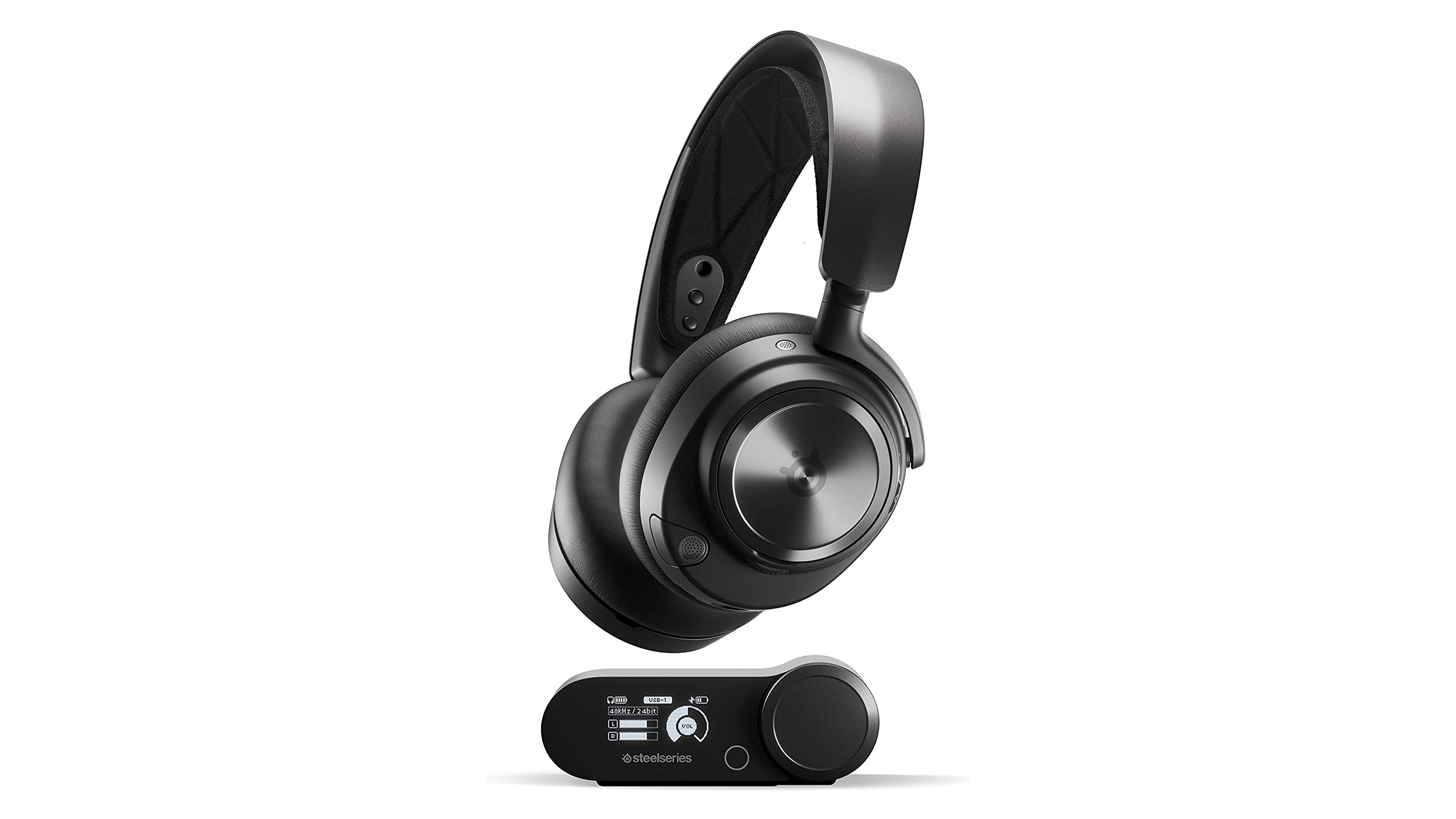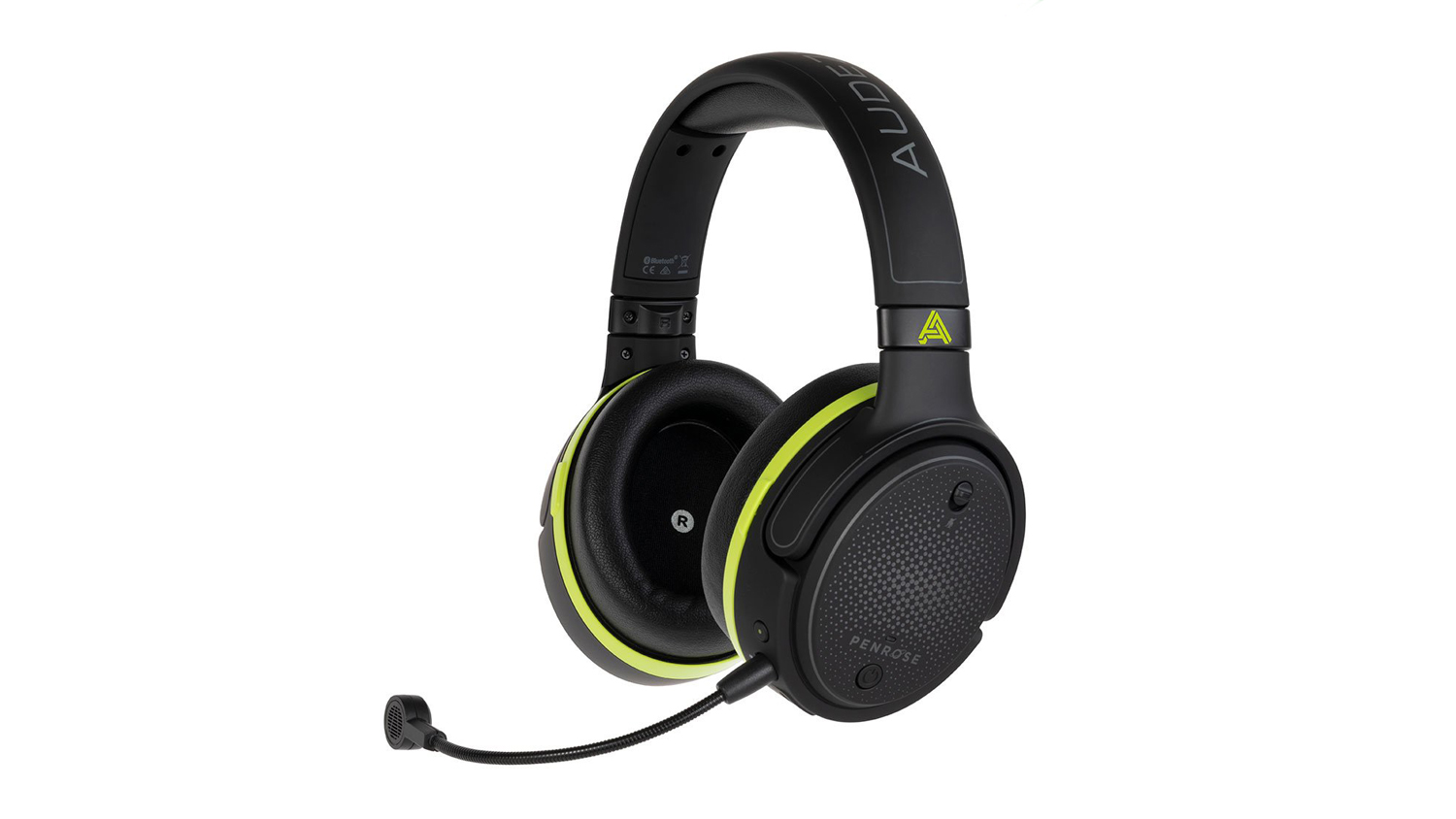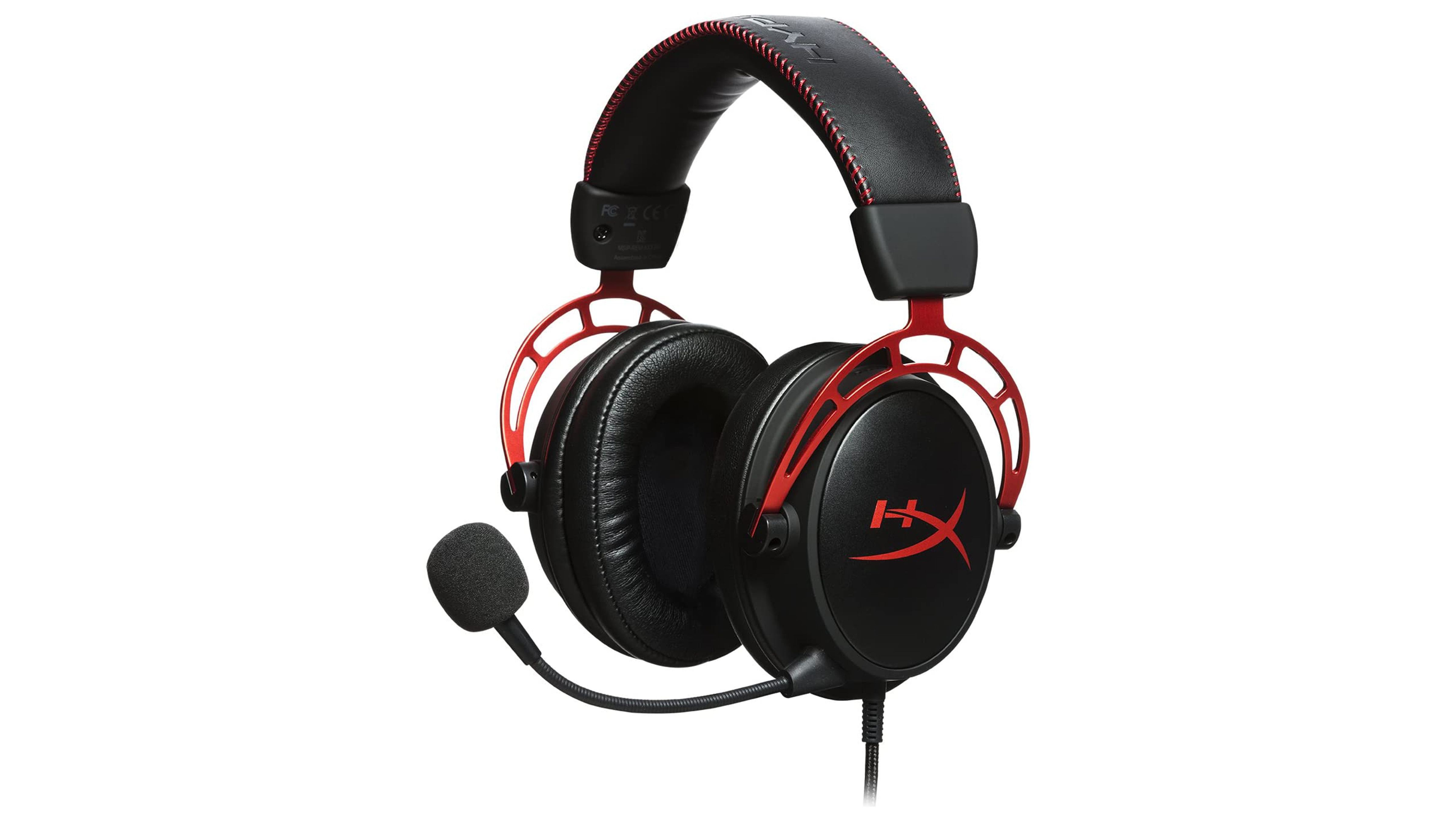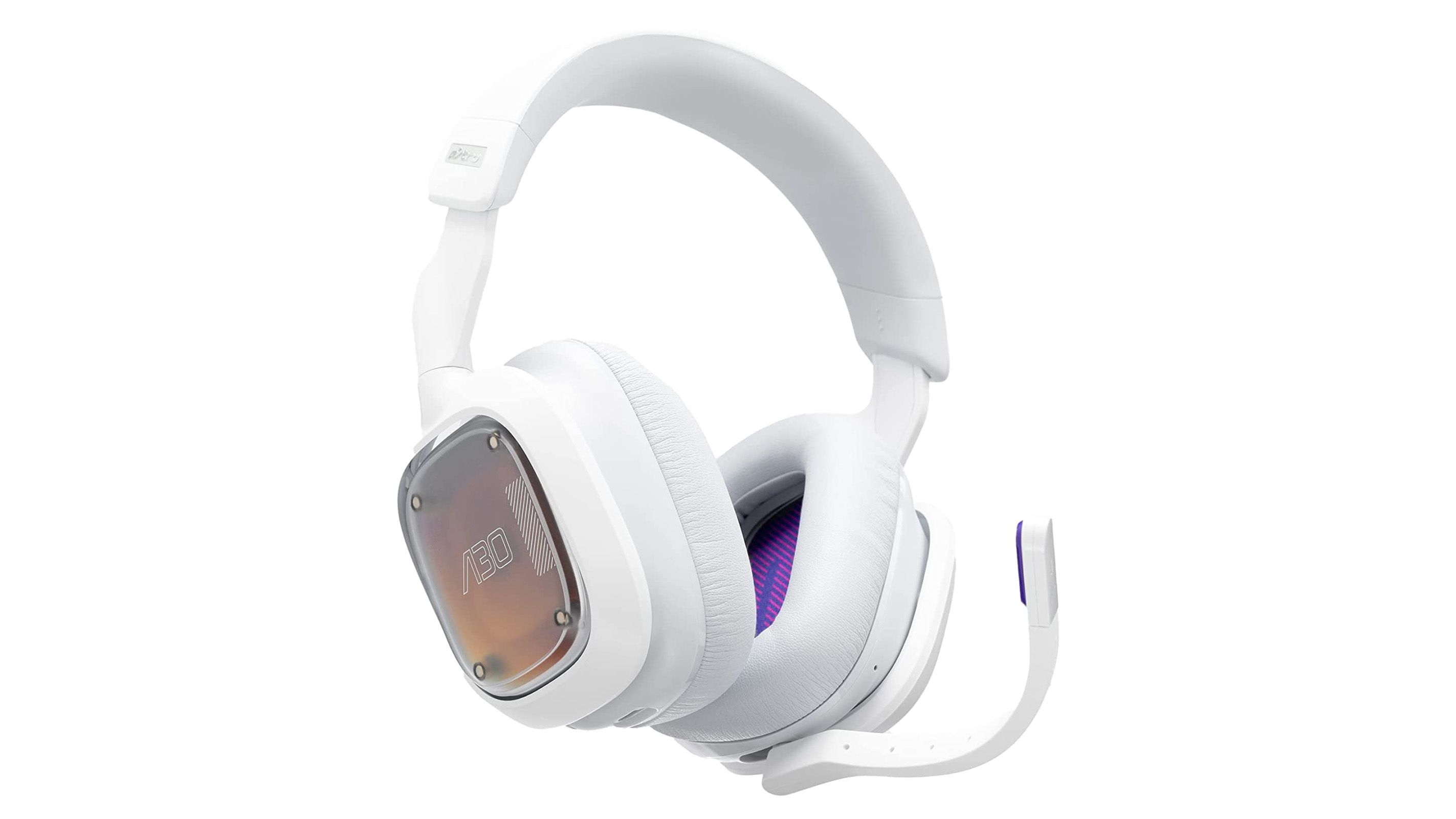5 common mistakes people make when buying PC gaming headsets
Avoid these common mistakes if you want to get the best PC gaming headset for your needs

There are a few common mistakes people make when it comes to PC gaming headsets. And, making those mistakes could lead to picking the wrong model or not getting the most out of it.
Picking a PC gaming headset or even headphones for gaming requires a slightly different order of priorities than something meant mostly for consuming music. For instance, while you may use regular headphones for an hour or two of music, you’re not going to be wearing them for the same extended period of time as you would a headset meant for diving into your favorite titles. Remember, most gaming sessions are not short.
With that in mind, we’ve pointed out five possible mistakes that could steer you to buy the wrong PC gaming headset. That way, you’ll know what pitfalls to avoid so that even if you’re looking for a wireless gaming headset or a budget headset for gaming, you’ll end up with a gaming headset you actually love and get the most out of your listening experience when gaming.
1. Ignoring comfort

You’re going to have that thing wrapped over your dome for hours at a time so the very first factor to consider is comfort. That includes considering its clamping force, the type of cushioning on the earcups and headband, and cooling.
Clamping force can be loosened, but it can’t be tightened. While some PC gaming headsets like the amazing sounding Audeze Penrose X require a good stretch or five to avoid suffering a pressure headache, others will arrive out-of-the-box so loose that they’ll just slide off your head every time you move. But, if you find one that’s just right, it will stay firmly on your head without exerting too much force on your head.
Cushioning is usually pretty good on most mid- to top-tier models. Most companies use some kind of memory foam on both the earcups and headbands to deliver pillow-like softness. But, some – most notably SteelSeries – use a suspended headband design instead of a padded one to keep that headband from even touching your head. Neither is necessarily better, but the former will offer a plusher experience while the latter will keep some of that headset’s weight off your head.
Lastly, consider whether wearing that headset will make you sweat or not. Some materials used to cover the memory foam, especially leatherette, can restrict a headset’s breathability. Some manufacturers will try to offset that with cooling gel injected into the memory foam. Sometimes it works. Sometimes it doesn’t. You’ll have to do your research or wear a pair before committing.
Sign up for breaking news, reviews, opinion, top tech deals, and more.
2. Not prioritizing sound quality
Surround sound, plush memory foam, brand loyalty. Those may all entice you toward certain headsets. But, after comfort, sound is king. A PC gaming headset’s first function after all is to reproduce sound. And, you don’t want something that will do a bad job of that.
Sound is subjective so think about what you want out of your listening experience. You might want something that will give you enough low end that you can almost feel every explosion. Something a little more bass heavy like the HyperX Cloud Alpha might be best. Or, maybe you want something that’s crystal clear to hear every detail, in which case, the Arctis Nova Pro Wireless with its more refined, detailed sound is a great option.
Soundstage is just as important when it comes to gaming. You should be able to hear the audio elements happening around you, immersing you. And, every element in that soundscape should be easy to pinpoint. When listening on a good headset, you’ll be able to hear elements approaching or fading away, whether it’s an enemy coming to attack you on the right or a battle quickly approaching.

The SteelSeries Arctis Nova Pro Wireless is what you want for hi-res audio, versatility, and comfort while gaming.
Pros
- Excellent sound quality
- Very detailed audio
- Long battery life
- Extremely versatile with multiple connectivity
Cons
- Eye-watering price tag
- ANC isn’t the best
- Non-intuitive physical controls
3. Putting too much focus on features

We get it. Features are cool. However, most of them will not make or break your experience.
If a headset sounds bad, for example, then the app that it integrates with is not going to make it sound better through EQ or any other post-processing. And, while you sometimes get useful mic-related features like background noise rejection or being able to adjust sidetone, no headset comes with a feature set so unique and so great that it offsets a massive flaw. Also, if it’s that useful of a feature, there’s certainly another couple alternatives out there that most likely share that feature while sounding or performing better.
That said, some people might need certain features such as wireless connectivity or multi-platform compatibility. If you want to use the same headset for all your next-gen consoles as well as your PC, you might want to go for something like the Logitech G Astro A30.
4. Putting too much stock in brands
Don’t put too much stock in a brand. You can find a wide range in quality for most brands. The budget options will often feel cheap while the flagship models will often pull out all the stops. Every now and then, a budget model can impress like the Corsair HS50. On the other hand, sometimes an expensive one can underwhelm.
So, don’t assume that you’ll like one headset because your previous one from the same company had served you so well for the past couple years. Read the reviews. Borrow a pair to listen to. Don’t fixate on the brand. If you must, because you like all things Razer, for example, then try to make sure it’s able to produce great sound and comfort. Or, just get the Razer Blackshark V2 Pro.

Need a versatile gaming headset but don't want to splurge for pricey perks? The stellar Corsair HS50 impresses throughout.The BlackShark V2 Pro is an exceptional wireless gaming with praiseworthy build caliber, sound quality and battery life.
Pros
- Strong stereo sound
- Comfortable, sturdy
- Excellent value
Cons
- No surround sound
- Mic easily misplaced
5. Not waiting for a sale
None of these companies are Apple. Whether it’s the holiday season with a number of Black Friday deals on the horizon or a retailer is trying to move old stock, whatever headset you’re interested in is bound to go on sale. That’s true for budget and premium models alike.
Unless you’re in a pinch and need something immediately, keep an eye on your favorite retailers for that price to drop. And, make sure to take advantage of our buying guides as well. They often link to multiple retailers so that you can compare prices and go for the best deal.

James Holland loves checking out gadgets of all sorts, whether it's audio equipment, laptops, or vacuums (especially of the robot variety), and does so for a number of Future Publications including TechRadar, Top Ten Reviews, Homes & Gardens, and T3. He's built up an expertise for in-depth reviewing over the last four years. When he's not putting in the work on the latest tech, he loves to travel, play music, and eat questionable food.



